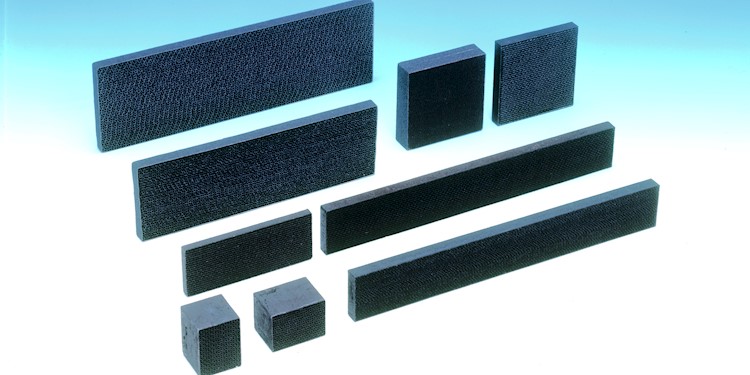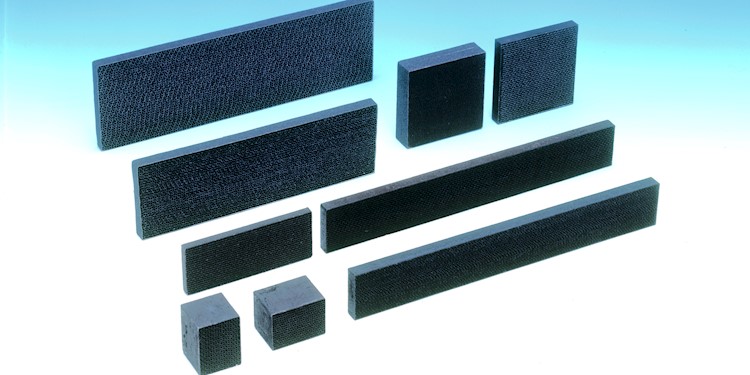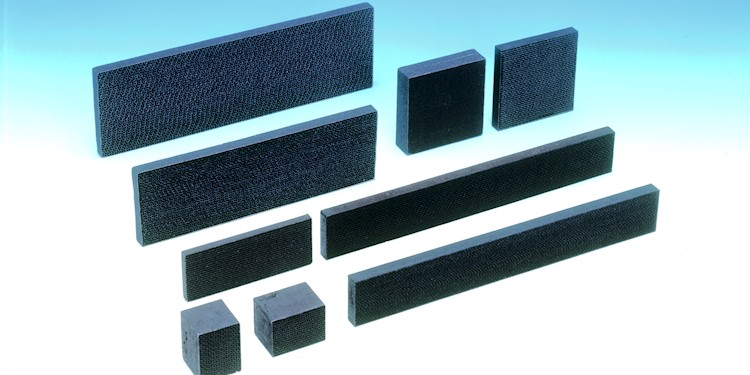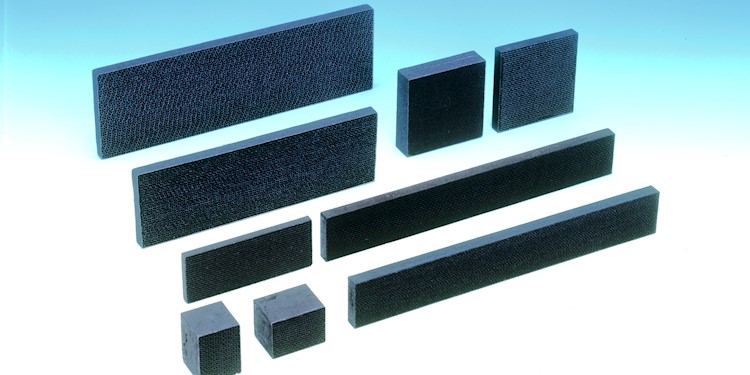
Ozone removal filter series Part 7. - Catalytic Decomposition
There are two main methods of ozone treatment - adsorption and catalytic decomposition. In this article, our technical team looks at the catalytic decomposition method, how it functions and the benefits.
When ozone molecules enter an ozone removal filter, the decomposition catalyst breaks down these ozone molecules. As a result, ozone is converted into a harmless gas that is no danger to the human body. One high-quality catalyst that NICHIAS uses is manganese dioxide to facilitate this elimination.
Unlike with adsorption, whereby ozone molecules are held on the outside or the filter substrate's internal surfaces, the decomposition catalyst functional material itself does not change.
Therefore, compared to the adsorption method, the advantage of catalytic decomposition is a longer lifetime. On the other hand, this method tends to be more expensive than the adsorption method.
If you are unsure which ozone removal method is best for your application, please get in touch.
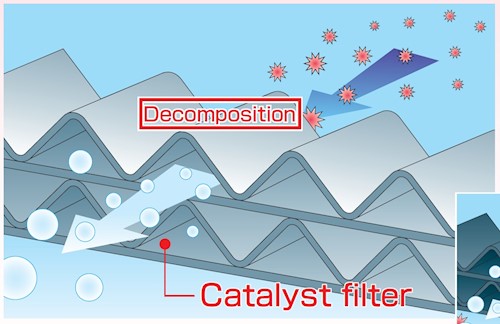
Ozone removal filters are used in multiple industries and applications. This article focuses on the …
Read moreOzone removal filters are used in multiple industries and applications. This article focuses on surf…
Read moreOzone removal filters are used in multiple industries and applications. This article focuses on the …
Read moreOzone can have harmful effects on the human body
Read more
